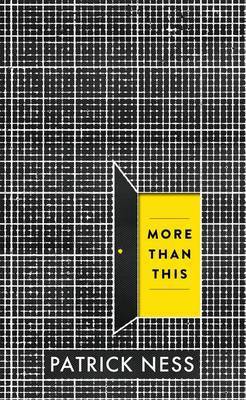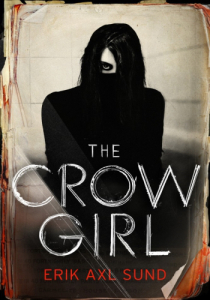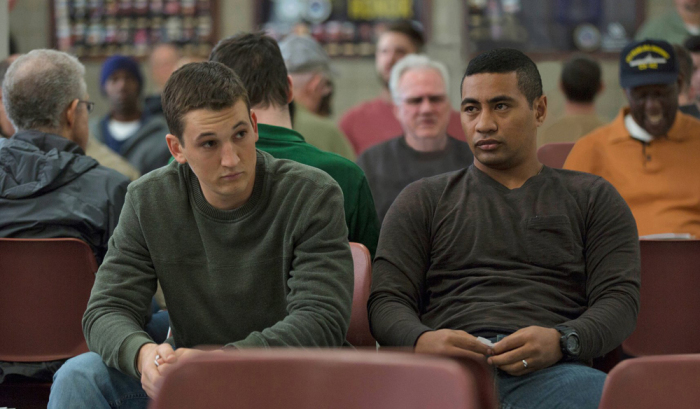That was my first reaction when I saw the title of this book on a bookshelf in Dasa Bookstore (secondhand bookstore in Bangkok). If it was a Jewel thief, or a heist on a high end masterpieces of Art, then I would understand. But maps? I just couldn’t fathom any good that comes with stealing maps.
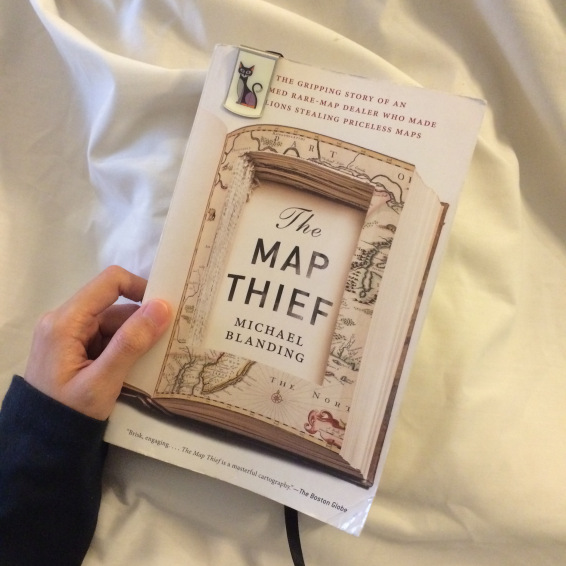 The Map Thief by Michael Blanding (2014). Also a shoutout to Stephen Brayda, who designed the cover of this book. Aside from looking breathtaking, I also love that the cover designed was an inside tip of the hat into the technique used by map thieves featured in the book.
The Map Thief by Michael Blanding (2014). Also a shoutout to Stephen Brayda, who designed the cover of this book. Aside from looking breathtaking, I also love that the cover designed was an inside tip of the hat into the technique used by map thieves featured in the book.
1-Sentence Summary. A non-fiction book written by Michael Blanding (investigative journalist) on E. Forbes Smiley III – whom have made history of stealing hundreds of antique high-value maps in several year right under everybody’s noses, and what drove him to do it.
Why I Picked it Up. The idea of a Map Thief is a novelty, the kind of story that is quite rare even in fiction books, let alone a true story in a non-fiction book!
 E. Forbes Smiley III – the map thief featured in this book (Image Source: The Boston Globe)
If you’d prefer a summarized video version of this review, feel free to skim through it here:
E. Forbes Smiley III – the map thief featured in this book (Image Source: The Boston Globe)
If you’d prefer a summarized video version of this review, feel free to skim through it here:
Why It’s A Gem
- DELVING INTO THE PASSIONATE WORLD OF ANTIQUARIAN MAPS. One of the best things about reading a book is the escapism it offers you to sort of experience a different world than your own. This book does a good job of placing you into the world of passion of a niche group interest – antique maps. From the start, you get to understand some of the notable maps, its histories and importance, and how monetary value is put onto the maps. You also get a peek into some of the interesting characters in the industry – from map dealers (there’s the aggressive type and softer types, there are also differences in how group dealers operate versus individual loner dealers), map suppliers (from your mom and pops shops, chain stores, individual suppliers), map collectors (there are those who only collect Washington maps, those who only collect subway maps, those who collect to decorate their house, those who collect to open museum exhibitions under their names), museum curators, library academicians (those who are more passionate, those who are more relaxed, how they deal with being stolen from), and other map thieves (why they steal).
 One on the rare maps featured in the book – Cladius Ptolemy’s “Untitled (Map of the World)” from 1482. Amazing how much visual aesthetics and even human features were put into a map that was supposed to be merely a functional navigational document. (Image Source: HERE 260)
One on the rare maps featured in the book – Cladius Ptolemy’s “Untitled (Map of the World)” from 1482. Amazing how much visual aesthetics and even human features were put into a map that was supposed to be merely a functional navigational document. (Image Source: HERE 260)
- ALTERNATING STORY ANGLES THAT FLOWS WELL. This book could have easily been confusing since the author does not narrate the story in a linear format. In fact, it alternates between different point of views, at different years and time. For example, you would sometimes start a chapter that narrates about an English explorer, who ventured into the unknown worlds in the 1600s. Turns out that this element was to explain on how some of the old maps came about. Then it would also cut into Smiley’s present situation, what he was doing in regards to that particular map in the chapter, whether he was selling it, buying it, finding it, or stealing it. Then it also cuts into the POV of the other characters who might be related to the particular map – other map dealers also vying for the same maps in auctions, the map collectors who were interested in keeping those maps, map custodians in library who were guarding those maps etc etc. As you can see from the above list, alternating between different characters’ POV within the same chapter. But it all flows very well to demonstrate the importance of each maps, while still progressing the story of our famous map thief – E. Forbes Smiley and his character development leading up to the stealings. This wasn’t an easy feat to achieve and I’m glad that this technique works very well for the book.
- ABUNDANT IMAGES OF SPECIFIED ANTIQUE MAPS. A problem I usually have with non-fiction books most of the time is that I am unfamiliar with the subject matter, and the books supply very limited image references to help guide newbies like me. This is a given since I’d usually try to read non-fiction books about passions outside of my normal surroundings. Hence, it wasn’t a very easy reading experience when I’m going into a book reading blind, not understanding or having any benchmark of the particular subject matter when there were very minimal image references to go by. Michael Blanding however, the author, filled the start of every chapter with a black & white image of the map featured in that particular chapter. This is a Godsend as it really helped to assist a better understanding of the maps they were talking about. It was also from here that I got to see the beauty and art of these historical maps, and how it became to be valued to hundreds of thousands of dollars on its beautiful visuals, aside from just its rarity and historical significance.
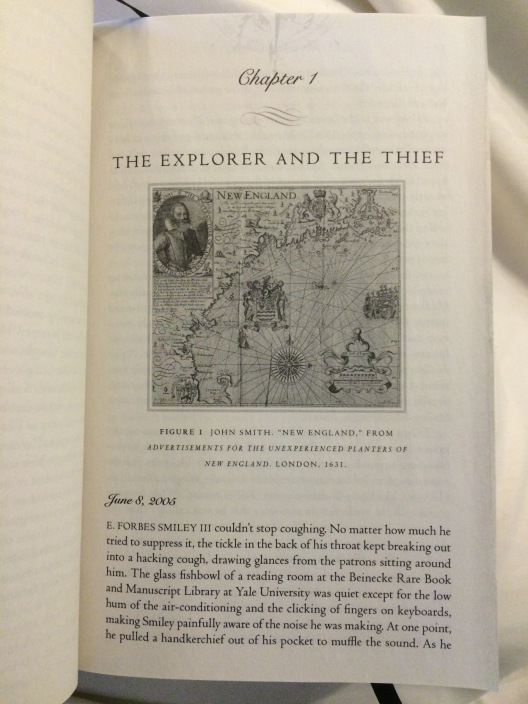 Michael Blanding have included B&W images of the maps featured at the start of each chapter. Such a helpful reference for newbies to the cartography industry like me.
Michael Blanding have included B&W images of the maps featured at the start of each chapter. Such a helpful reference for newbies to the cartography industry like me.
Why It Can Be A Rock
- DEFINITELY NOT A READ FOR ADVENTURE LOVERS. Now this is a biased opinion due to my own personal expectations. As can be seen from my Book Haul post, my expectation upon picking up the book, “The Map Thief” is because it just screams modern day Indiana Jones to me. I thought the story of stealing maps might be either a cross of Indiana Jones or maybe another spin on smart heists like Ocean’s Eleven. Alas, nothing smart or adventurous like that came from this book, as it was more of a story of a crooked connoisseur conman – of the basic type, of course. Nothing too complex. So the book was a letdown for me due to my inflated expectations of picking up that book. However, it can’t be denied that the book make up for it with its smooth storyline, value of information and references, and a realistic view into the niche passion of antiquarian maps – which I would not be able to get otherwise had I gotten an adventure-type of The Map Thief.
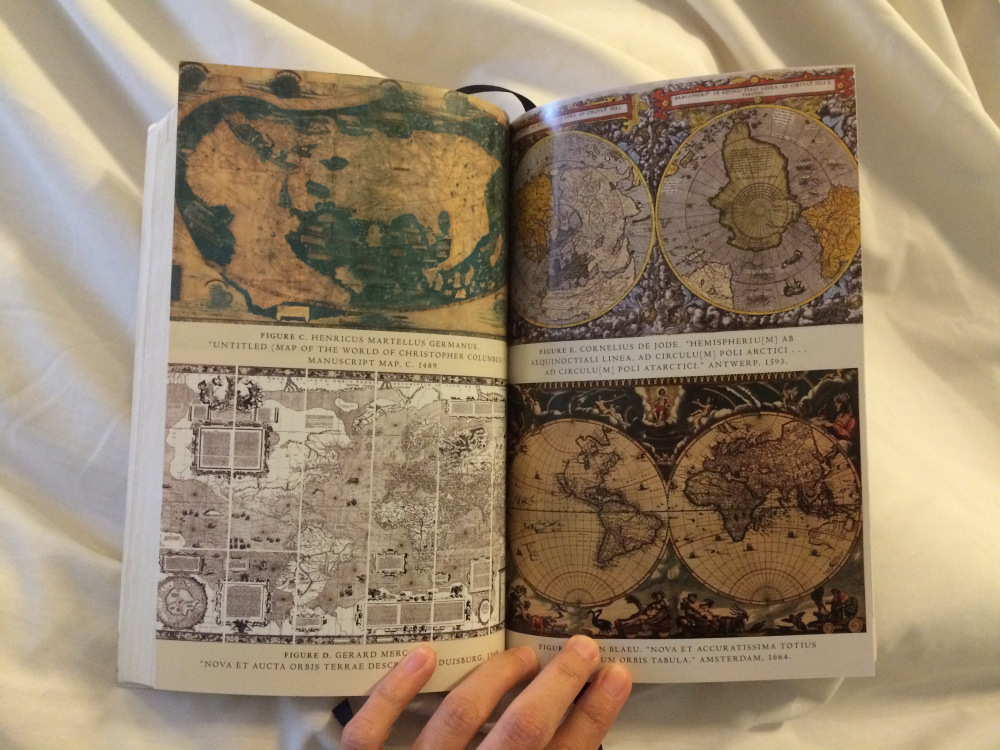 An abundance of colourful antique maps, each with its own history and distinctive style of aesthetic visuals.
An abundance of colourful antique maps, each with its own history and distinctive style of aesthetic visuals.
 As A Reading Panda, I’d Give It :
As A Reading Panda, I’d Give It :






 (7 out of my 10 bamboos)
(7 out of my 10 bamboos)
All in all, The Map Thief was quite an interesting reads. There were times when the pages just flew through my fingers because it was such a page-turner and the details that the author laid out helps me understand better about the subject matter. And I probably dog-eared a quarter of the book for its interesting quotes or happenings that I wanted to re-read again. Thank you, Michael Blanding for letting me experience a peak of what it’s like being an antique map connoisseur!
 Michael Blanding, the author of this book who helps to distill the complex information of cartography into something easy for new readers to read. (Image Source: Michael Blanding)
Favourite Quotes
Michael Blanding, the author of this book who helps to distill the complex information of cartography into something easy for new readers to read. (Image Source: Michael Blanding)
Favourite Quotes 
“The paradox of mapmaking, however, is that as soon as you begin shrinking a geography down to usable size, you necessarily are forced to misrepresent it. By making choices about what to include and what to leave out, you change the map from a document faithfully documenting an area to one furthering a particular point of view.” – Michael Blanding (page 5)
“As I spoke with Smiley, I found a mass of contradictions – someone ho was at once so capable and at the same time so deeply flawed. The irony of the story, as I came to understand it, is that this man who was stealing maps had so clearly lost his own way.” – Michael Blanding (page 7)
“English mapmakers kept the fantasy of the Northwest Passage alive for centuries to please the merchant companies that funded their expeditions. John Smith asked Prince Charles to put a fictitious London and Oxford in the middle of the wilderness of the New England to spur his countrymen to colonization. Understand hidden motives like those, and not only could you identify the stories behind the maps, you could also determine which were worth buying and selling.” – Michael Blanding (page 29)
“With each generation, the maps produced for Mercator’s atlas became more elaborate. Maps increasingly became valued as works of art as much as navigational tools. Dutch master Jan Vermeer used recognizable maps of the period to decorate the walls in a half dozen of his paintings.” – Michael Blanding (page 57)
“To hold an ancient atlas of rich and gorgeous coloring, to turn the leaves to see the quaint fantastic figures adorning their borders, ships riding the seven seas, and towns picked out in red and gold, gleaming as if the sun shone on them, is to have in one’s hands the epitome of an age, art and knowledge combined in happy proportions.” – Ronald Vere Tooley (page 60)
“To really succeed at this job, you need to understand two things. First, the person who knows the most wins. Second, if you take care of your clients, they will take care of you. No dealer is really successful unless he loves his subject. And enthusiasm is contagious and spreads from buyer and seller.” – Ronald Vere Tooley (page 61)
“He’d talk about the beauty of the design, and if your interest was flagging, he’s talk about the historical importance of it, then if that didn’t spark your interest, he’d talk about how it fit into the history of English cartography. He’d find your hot button.” – A collector who bought maps from Smiley (page 80)
“The maps stolen by Smiley created the dreams of the explorer, merchant and powerful. They charted the paths of national expansion and empire building. They marked the rise of British dominance, the origins of a new nation and the demise of a native population.The maps drew the lines between where knowledge ended and imagination began. They represented man’s timeless drive to explore the unknown and bring definition to the void.” – Bob Goldman (page 193)
“I could of course invoke the old library line and urge you to throw the book at him.” “It would be an atlas, at this case,” the judge deadpanned. “It would be a big one.” agreed Margolis, before turning serious. (page 195)
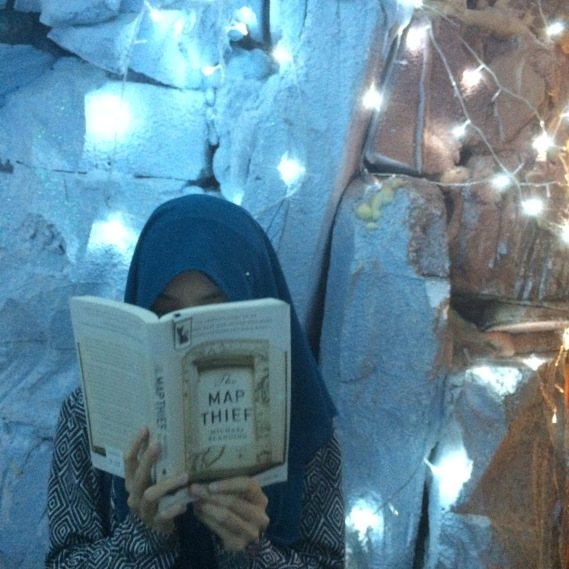 I had a lot of fun reading this book and bringing it around. The topic of Antiquarian maps are such a novelty that opening this book tends to be a refreshing escape.
I had a lot of fun reading this book and bringing it around. The topic of Antiquarian maps are such a novelty that opening this book tends to be a refreshing escape.
And this final favourite quote from the book is almost half a page, but I’d like to include this quote from Bob Karrow because it is probably the most powerful statement in this book of what has happened and its implications:
“So what is the point of this hearing today and of your decision? It seems to me the point is that Mr. Smiley, through his systemic plundering of libraries, stealing some 100 maps over the course of eight years, has managed to transcend himself. He has become – actually he has made himself – a symbol, a symbol of the vulnerability of libraries a symbol of the fragility of the public trust that is required for the operation of our cultural institutions, a symbol of commodification of historical artifacts, a symbol of the erosion of civility, and his status as a symbol must be weighed in his sentence.
Research libraries are not like other businesses. At the end of our business day we cannot put va value on the day’s acquisitions or transactions nor do we even try to do so, at least in the monetary terms. As non-profits, we use a different calculus. We count readers served, books, maps and manuscripts paged, the numbers of rare documents of all kinds added to our collections and made available to our public.
This is the kind of business that Mr. Smiley chose to ransack for his personal gain. In doing so, he not only robbed his and our contemporaries of the ability to study these documents, he also robbed those who come after us. If Mr.s Smiley never steals again, his fame and the monetary value of the objects he pillaged almost guarantee that he will have imitators, and some of them will learn from his mistakes and outwit us again. We have taken extraordinary precautions to guard our capital, and we will take others in the future. That is all we can do, for we must continue to make these materials available, THAT is our business.
Respectfully, I request that you, your honor, craft a sentence that will serve to tell Mr. Smiley’s successors that the stakes in this game of cultural hijacking have been raised. “ – Bob Karrow (page 196)
Have you been interested in maps? Have you maybe read the book already? Share it with me, I’d love to know your thoughts! Advertisements Share this:

